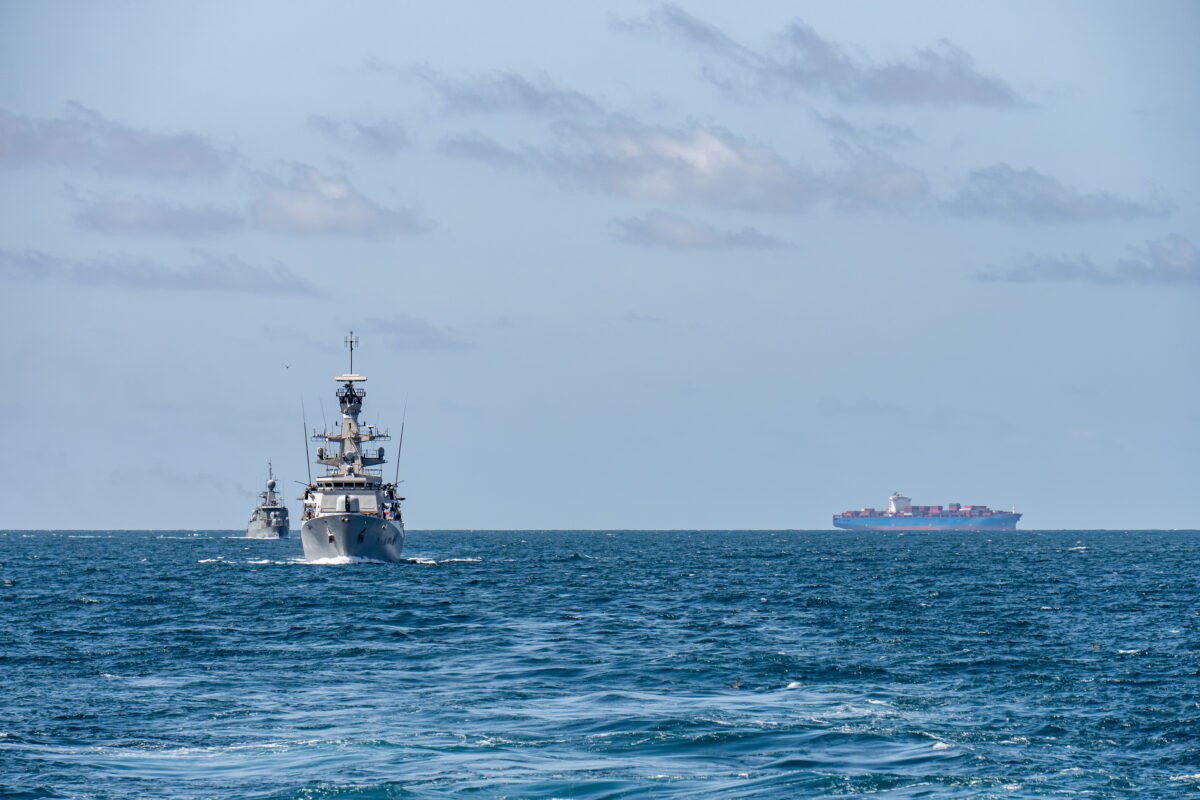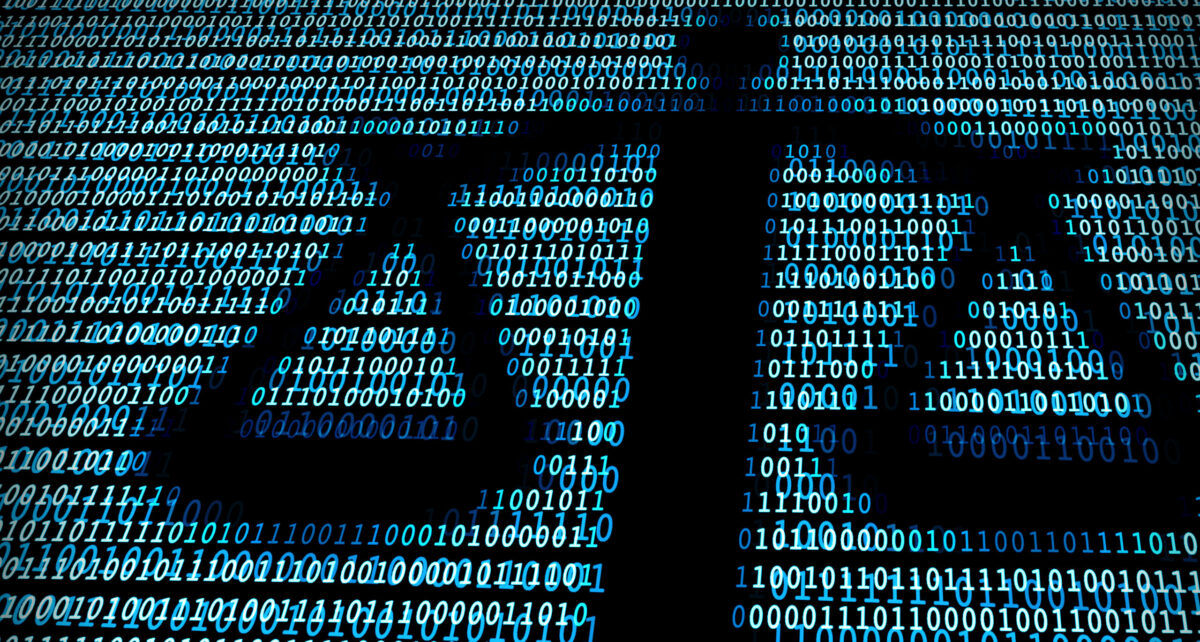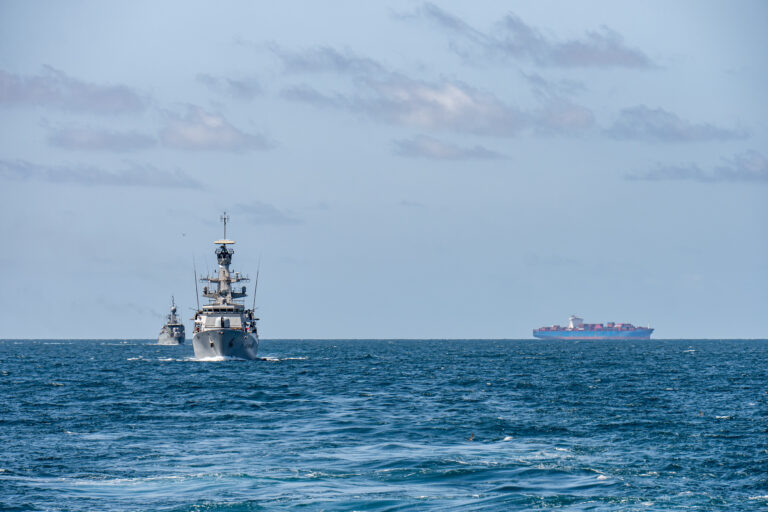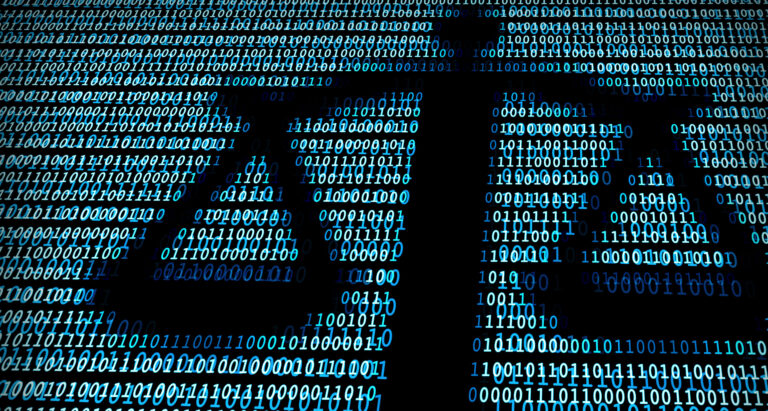The emergence of cyberspace has raised questions about the application of international law, potentially requiring the reinterpretation of existing rules or drafting new conventions. While this legal reassessment may vary from state to state, there are blocs of like-minded states – authoritarian and democratic – that take opposing positions, often reflecting their vital interests. This Hybrid CoE Paper argues that states’ conflicting legal opinions regarding the application of international law to cyberspace should therefore not only be assessed in the context of legal interpretations, but also understood as the deliberate deployment of legal power play by states as an instrument of power.





















